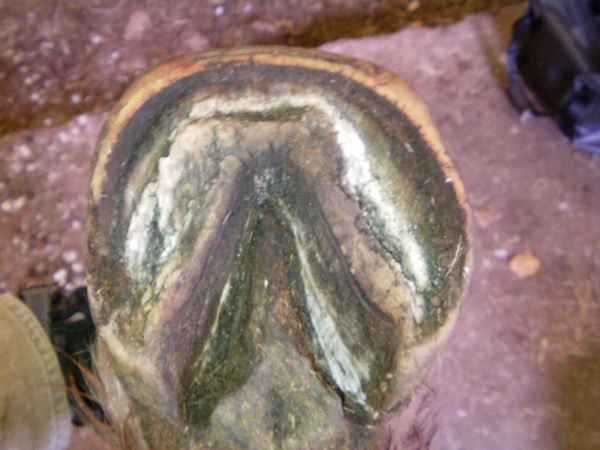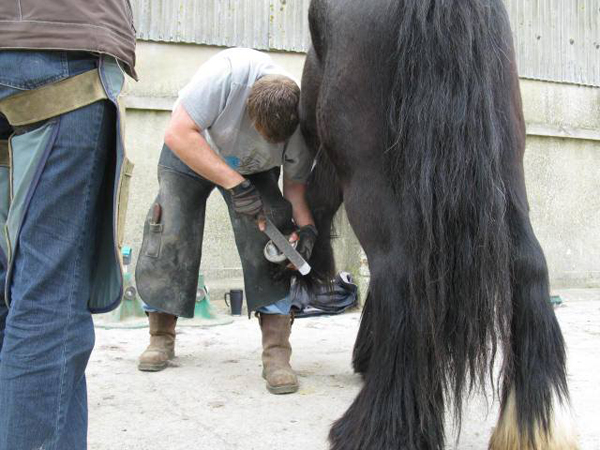What is Equine Podiatry? ...and how will it help my horse?
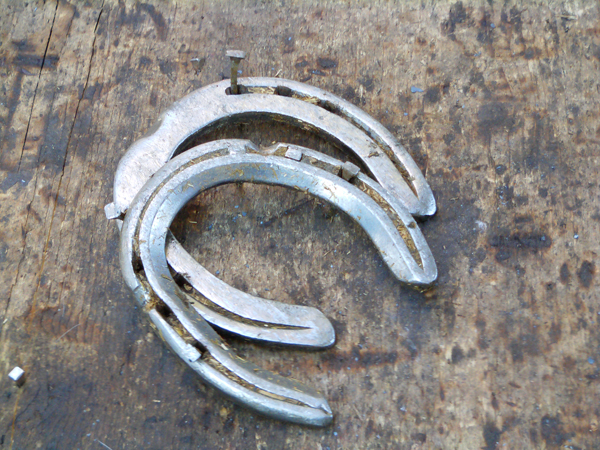
Equine Podiatry does not involve the use of metal shoes.
A healthy foot is naturally strong enough to perform without them.
Introduction
Equine podiatry is the science and study of the equine foot; what factors make it unhealthy, and how to achieve the healthiest foot possible. It is a holistic approach to hoofcare, meaning the health of the whole horse is relevant to the health of the hoof. You can't get a healthy hoof on an unhealthy horse. And there are so many factors that influence the health of the horse!

Equine podiatry does not involve the use of metal shoes. The natural mechanism of a healthy foot is more than capable of doing all activities that shod horses do, without the need for shoes. However it is not always as simple as just taking the shoes off a horse. Nor is a horse without shoes that is just kept at pasture likely to have feet strong enough to perform.
Understanding the influence of nutrition, environment, movement and balance allows an objective measurement of a foots current ability, and how to improve it further.
By viewing problems in the hoof as a symptom of a problem with the whole horse, this approach also has high success rates of rehabilitating serious pathologies, such as laminitis and navicular.
Nutrition
Nutrition has a hugely influential effect on the horse, and therefore the foot. Changes in levels of performance can be obtained purely by adjusting the diet. Likewise an inappropriate diet can cripple an otherwise healthy foot.
A good diet complements the environment, encourages movement, and is balanced (without excesses or deficiencies)
Environment
The environment shapes and stimulates the foot, and can stimulate the foot to grow stronger or weaker, depending on the surfaces the horse encounters. Environmental management, pasture management, stabling etc. all impact upon the development of the foot.
A good environment encourages correct movement, balanced physical exercise and offers a healthy diet.
Movement
Movement is essential for a healthy foot. Wild and feral horses have been observed to walk many miles in a day, and horses that stand still for most of the day are not exercising the structures in the hoof needed for optimal locomotion. The hoof is hugely adaptable, and can change shape to compensate for incorrect movements generated higher up in the body, such as the shoulder, back or hips.
Correct movement is achieved through correct posture, physiological balance and laterality, across any surface in the environment. Diet can affect movement either positively or negatively.
Balance
Balance is a concept that applies to many areas of equine podiatry. Too much, or too little of something often causes problems, whether it's a particular vitamin, too much or too little hoof structure, too much or too little exercise. As Goldilocks found out, everything is better when it's just right.
The hoof needs to be balanced to the equines anatomy, affected by the horses movement across it's environment, supported by a balanced diet.
Stop Repeating Yourself!
You may see now why the above concepts are integral for allowing a barefoot horse to perform optimally. Nothing in the horse exists in isolation.
Equine podiatry is more than just trimming.
The Training
In 2015, I completed a 2-year Diploma in Equine Podiatry, provided by Equine Podiatry Training, and the only qualification to provide entry as a Member of the Equine Podiatry Association UK.
There are many training courses on barefoot trimming, but I decided to take the EPT course because:
- It is the only non-farriery course in the UK that is actively seeking accreditation from DEFRA
- It is the most comprehensive
hoof care course in the country
- ...with tuition from independent, international experts
- A science-based approach to hoof care, that is non-dogmatic and constantly evolving alongside the latest research
- The EPA is pro-regulation of the barefoot industry, and was fundamental behind the development of the National Occupational Standards for Barefoot Trimming (2010)
Dr Helen Davies
Professor in Equine Anatomy from Melbourne University, teacher of anatomy to vets and phd students, Helen is a world expert.
Helens University Profile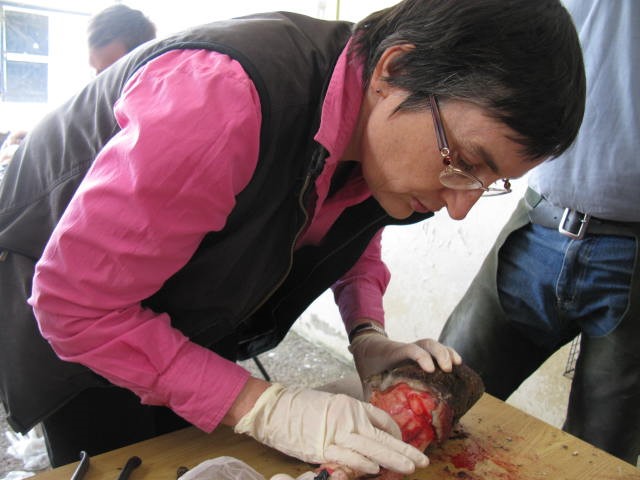
Ben Hart
International behavourist, Ben teaches ethical handling and authentic, practical communication
Ben Harts Site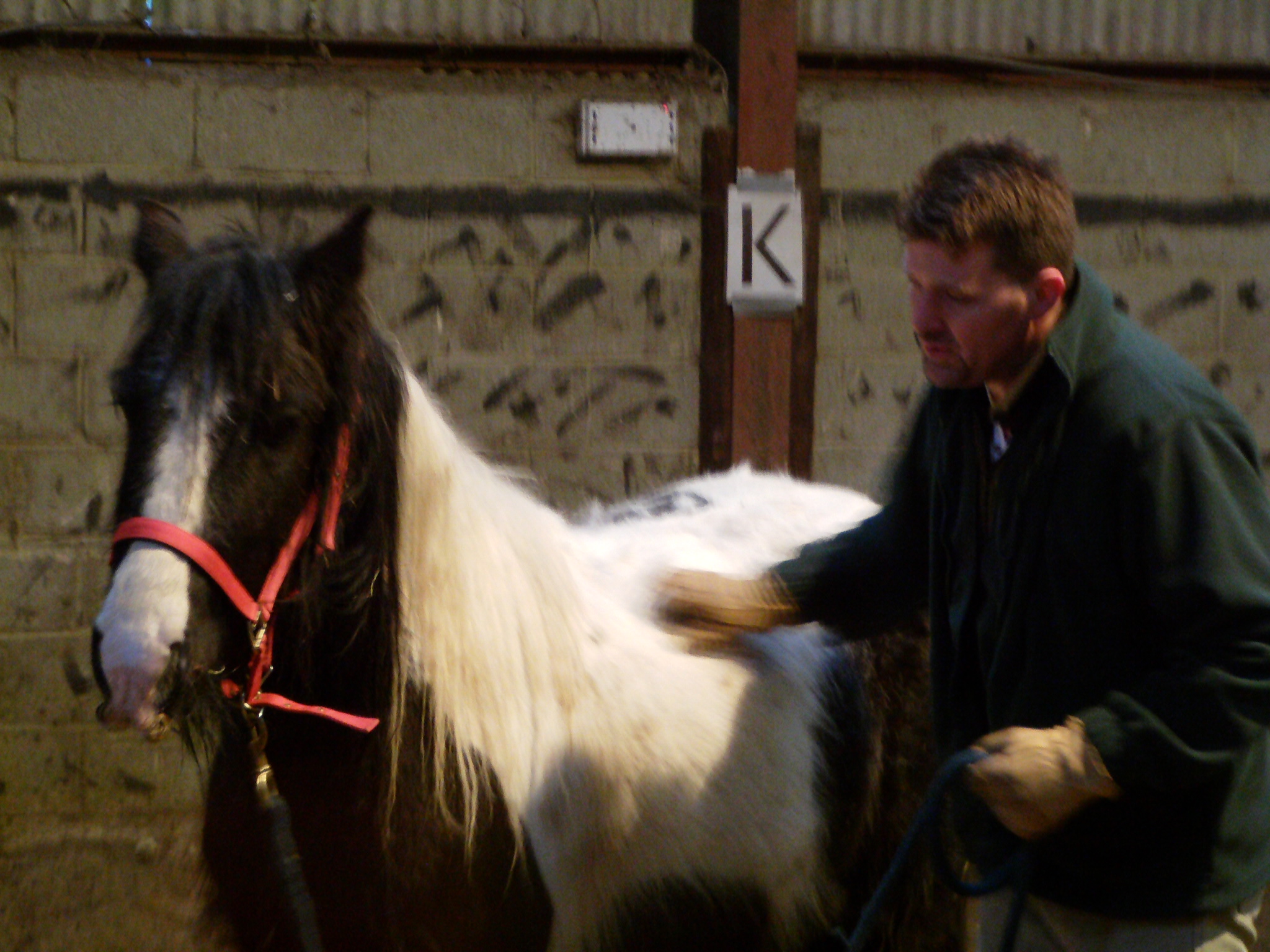
Chris Powell FWCF
Practicing farrier and tutor at Moreton Morrel, Chris is one of only a handful of farriers in the UK to be a Fellow of the WCF.
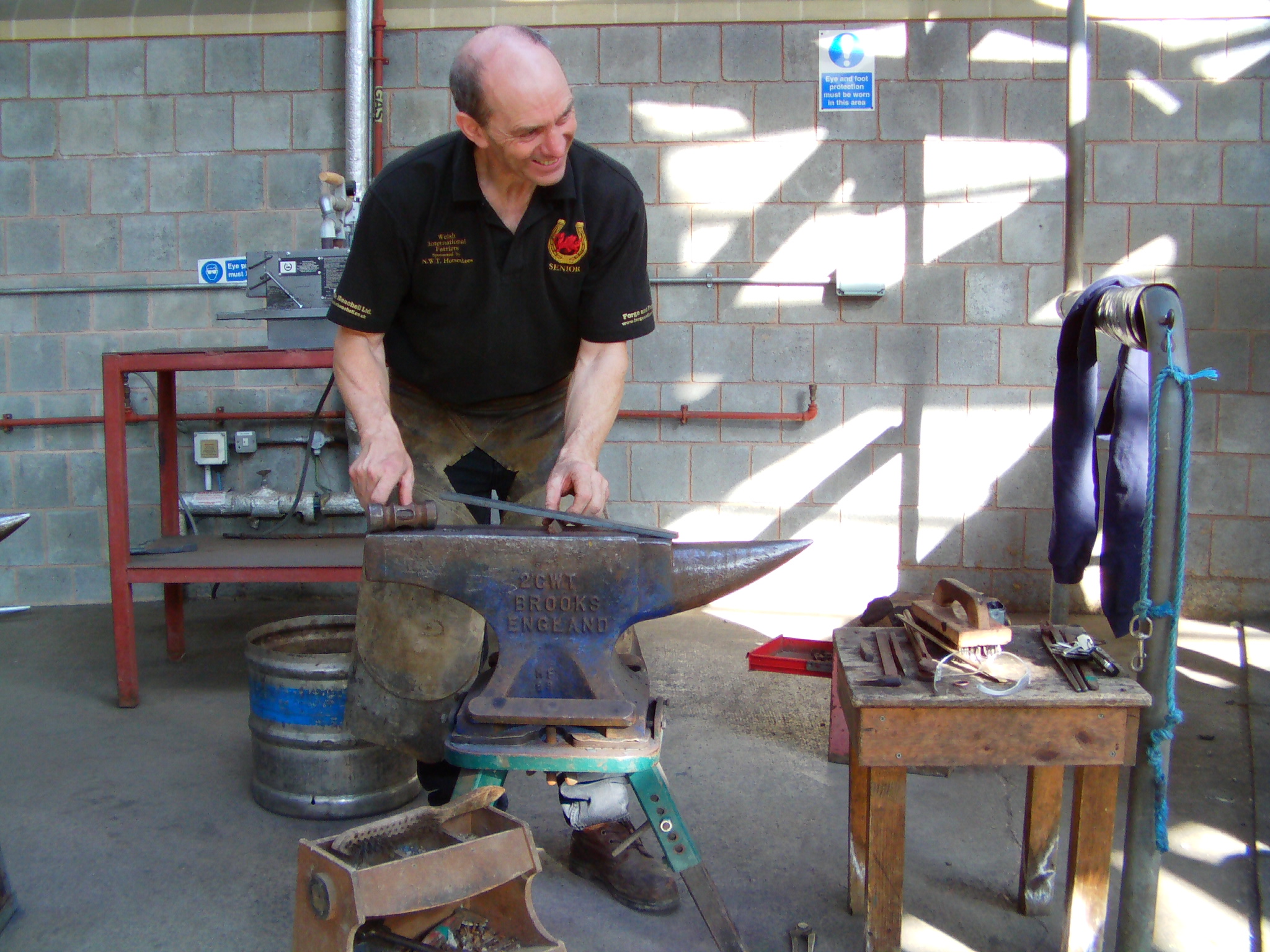
Dr Richard Vialls
A founding member of the EPA, Richard has a strong research interest in pathologies, and in particular laminitis
Richard Vialls Site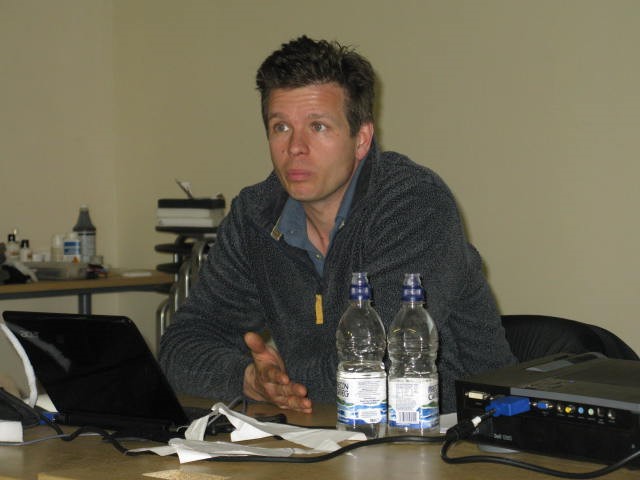
Jayne Hunt
Practicing equine podiatrist for over 10 years and a founding member of the EPA, Jayne teaches anatomy and physiology, with a strong interest in navicular.
Jayne Hunts Site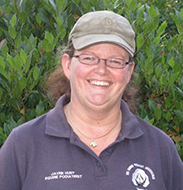
Clare MacLeod
Independent equine nutritionist, Clare teaches nutrition from an unbiased perspective.
Clare McLeod's Site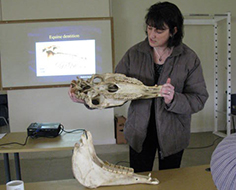
Cathy Sirret
Guest tutor for 2014, Cathy is a confidence coach for horse and human, and a horse agility accredited trainer.
Effective Horsemanship Blog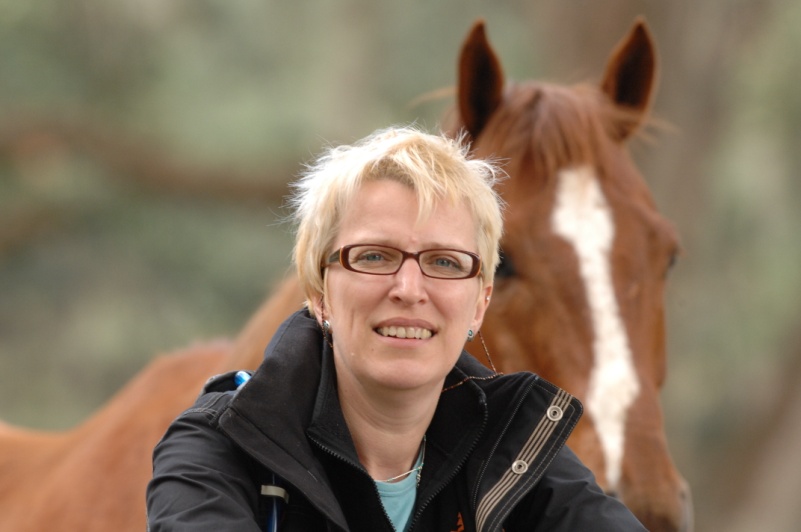
Clare Burrows
Clare is a grassland ecologist with the Countryside Council for Wales, who provides scientific advice on the ecological impacts of farming.
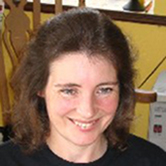
The EPA(UK)
The Equine Podiatry Association was set up in 2006 as a professional body to represent and self-regulate it's members. The EPA also organises conferences, inviting leading experts at the forefront of hoof research to share their discoveries.
I am a Full Member of the EPA.
Membership for the EPA requires the Diploma in Equine Podiatry, and yearly continual professional development.
Continual Professional Development (CPD)
Training to be an EP doesn't end when you get the certificate through the post.
Full membership of the EPA requires 40 hours of CPD per year, 16 of which need to be spent on trim/dissections days or shadowing another equine professional.
